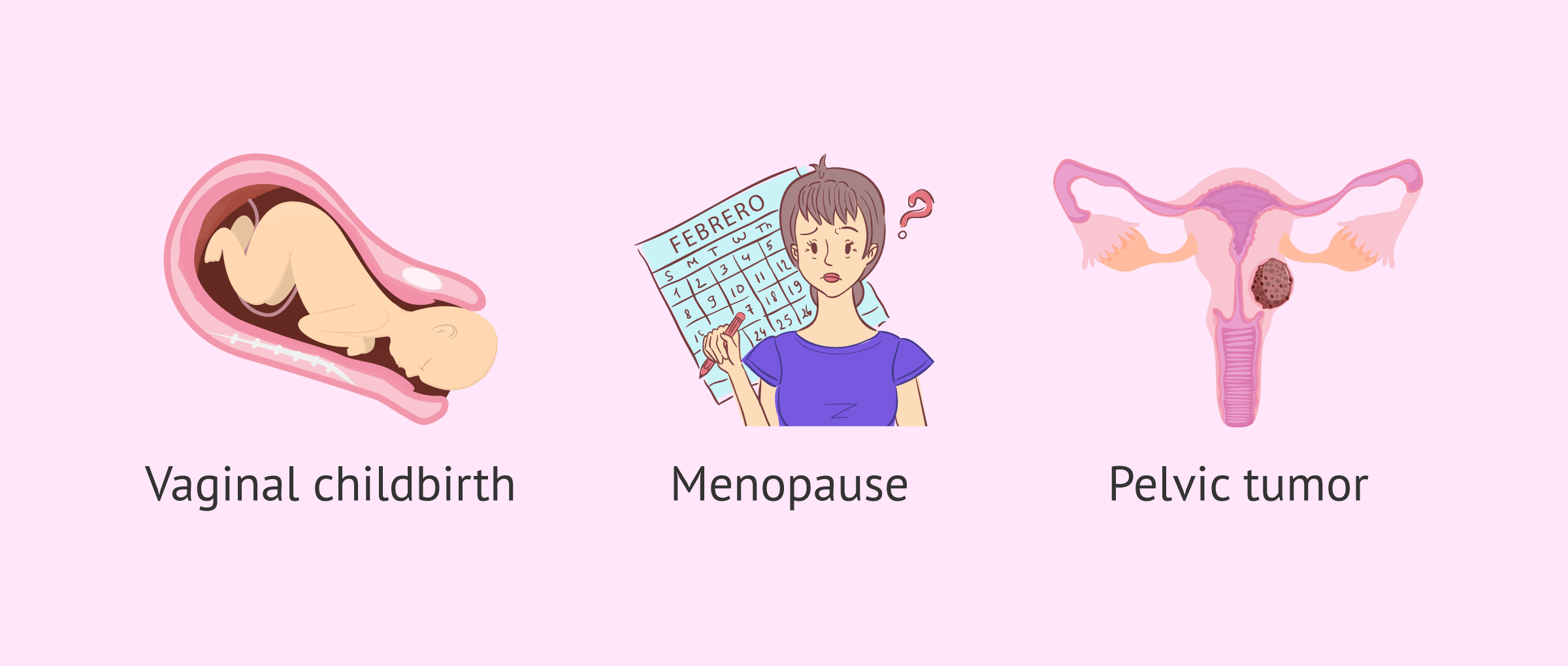- NICE reveals that while 1 in 12 women acknowledges symptoms of uterine prolapse, clinical examinations expose a staggering 50% widespread but often undisclosed issue.
- Stirling University’s research emphasizes the persistent obstacles hindering women from seeking assistance, including embarrassment, lack of awareness, and concerns about symptom seriousness.
- Moderate to severe uterine prolapse symptoms, contributing factors, and preventative measures are outlined. The importance of pelvic floor exercises, lifestyle adjustments, and potential medical interventions is underscored.
According to the National Institute for Health and Care Excellence (NICE), one out of every twelve women reports experiencing symptoms related to uterine prolapse also known as pelvic organ prolapse. However, clinical examinations reveal that it is prevalent in up to 50% of women.
Recent research from Stirling University, yet to be officially published, suggests that obstacles such as embarrassment, lack of awareness, and a concern that symptoms may not be taken seriously serve as deterrents for women in seeking assistance for pelvic health issues. The study analyzed literature from 24 countries, including the UK, spanning the last two decades and incorporating the perspectives of over 20,000 women.
Researchers Clare Jouanny and Dr Purva Abhyankar said,
“There is a large body of evidence from the UK and similar countries across the world that women still face many barriers when it comes to seeking help for women’s health issues like prolapse. We need to focus not only on increasing awareness and education among women and clinicians, but more importantly we need to work with clinicians to change women’s perception that clinicians don’t take them seriously with pelvic health symptoms.”
Uterine Prolapse Symptoms
Moderate to severe uterine prolapse symptoms may include:
-
- Tissue bulging from the vagina
- Pelvic heaviness or pulling sensation
- Incomplete bladder emptying
- Urinary incontinence
- Difficulty with bowel movements, requiring manual assistance
- Sensation of sitting on a small ball
- Vaginal tissue rubbing on clothing
- Pelvic or low back pressure or discomfort
- Sexual concerns, feeling vaginal tissue looseness.
Enhancing symptoms often involves engaging in pelvic floor exercises and adopting lifestyle adjustments. In certain instances, medical intervention becomes necessary, which may include the use of vaginal pessaries or surgical procedures. These interventions aim to provide effective relief and address the challenges associated with uterine prolapse. Consulting with healthcare professionals is crucial to determine the most appropriate course of action tailored to individual circumstances and needs.
Causes
Uterine prolapse ensues from the debilitation of pelvic muscles and supportive structures. Contributing factors to weakened pelvic muscles and tissues comprise of:
- Vaginal childbirth
- Advanced age at first delivery, with older women facing a heightened risk of pelvic floor injuries compared to their younger counterparts
- Labor and delivery complications or trauma during childbirth
- Giving birth to a large baby
- Excess body weight
- Reduced estrogen levels post-menopause
- Persistent constipation or straining during bowel movements
- Chronic cough or bronchitis
- Repetitive engagement in heavy lifting

Preventative Measures
Preventing uterine prolapse involves adopting the following measures:
- Decreasing the risk of constipation by staying hydrated and consuming a diet rich in fiber, including fruits, vegetables, beans, and whole grains.
- Steer clear of heavy lifting, and if lifting is necessary, employ proper techniques that involve using the legs rather than the waist or back.
- Manage coughing issues by seeking treatment for chronic cough or bronchitis, and abstain from smoking.
- Maintain a stable weight; consult with your doctor to determine an ideal weight and seek guidance on weight management if necessary.
Have anything to help deal with Uterine Prolapse? Let us know in the comments below.
Follow WOW360 for more.